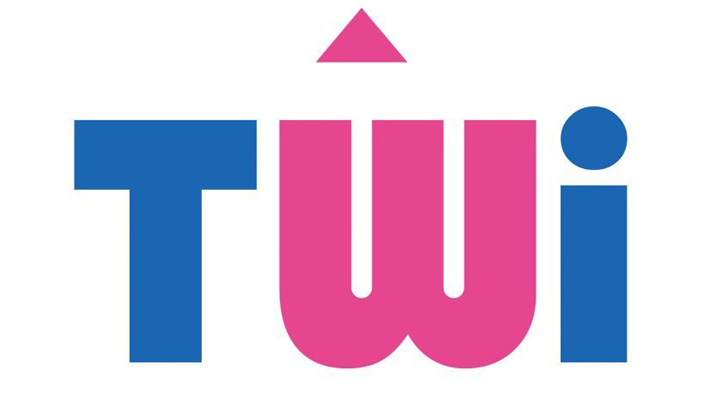Reviewed by
RAHEL ANNE BAILIE
Originally Published in: IEEE Transactions on Professional Communication. A Publication of the IEEE Professional Communication Society. (March 2024, Volume 67)
The book’s title, Engineering Words, is an apt triple play on words. It is about the wordsmithing or engineering of words for more effective communication. The book is also about how to communicate about topics in the field of engineering. Finally, the book is about how engineers use words to communicate.
It delivers in all three areas. It broaches a wide range of document types that engineers might construct over the course of their careers. The mechanics of writing more clearly is certainly covered, but more important, the book emphasizes the reasons behind choices of words, structures, and arguments being made in those documents. The examples used within the book are directed squarely at newly graduated engineers, from resumes to technical specifications, and from project plans to business cases. Although meant for engineers, any technical professional wanting to communicate more effectively will find this book a helpful resource.
One purpose of business documents is to make a case. That case could mean convincing co-workers, executives, and other stakeholders of the validity of a proposition. It could mean making the case for a technical solution by writing easily understood specifications. It could mean making the case to choose from a large pool of candidates. The common thread is understanding audience, context, and rhetoric. The authors have been teaching communication skills to engineers for nearly two decades, and the depth and breadth of their experience are clear in this book. Theory is explained in an engaging way, in context, and presented in tandem with real-world examples. As a result, the book is an easy read, and the conversational tone could easily translate into a classroom lecture where the instructors juxtapose communication principles with their application. In fact, the book reads as the textbook for a self-paced version of the course that the authors coteach. The topics covered in the book are very practical. Early-career engineers will find the chapter on resumes and cover letters useful.
We may all know the basics of communicating our experience when creating a resume; to craft one that increases the chances of being noticed or even being promoted takes a higher level of communication skill. Engineers wanting to excel at their first presentation will find useful information in the chapters on designing and delivering presentations. The differences between presenting and effectively communicating an idea can mean the difference between agreement with the ideas and acceptance of the presenter. Engineers transitioning into management will find helpful information about writing for multiple business contexts. Engineers on a product team will find useful ways about how to write good test cases. This book is one that can be kept as a reference as the need arises to write a new type of document, particularly where it is critical that the message lands on the first read. The multiple factors that go into writing various types of content are provided so that the structure as well as the wordsmithing allow for better cognition and ultimately better performance of the information.
The book is not designed to offer in-depth guidance because it is not meant to be a how-to book on the mechanics of how-to write. Instead, the focus is on how to ensure that the intended message is written with the interests of the intended audience in mind and on using the principles of communication and cognition to make an argument or state a case in a way that solidly lands in a way that the audience will understand. The authors have provided guidance about topics that affect comprehension but are not taught in school—for example, how color can be used as a redundant signal (p. 72); how layout and color choices affect how a message is received, from emotion to accessibility; to how the “cocktail party effect” (p. 94)—can take focus away from the intended message. The book is, in essence, the course that engineers can use to do the communication part of their jobs. If the book has one minor shortcoming, it is that in the quest to achieve a friendly tone, the content sometimes comes across as sharing an inside joke. The average engineering student in California will not notice the Americentrism, but an overseas reader may need to do a bit of on-the-fly localization. In the US, “voices are raised and yelling happens” (p. 60) might be an accepted practice, whereas in the UK, such a lively debate could get participants reprimanded. However, the odd lapse into American culture is not enough to be off-putting, and this use of language does not affect the quality of the messaging. If anything, it is a side effect of making the book an entertaining read while learning how to engineer content to work as well as the physical products.










